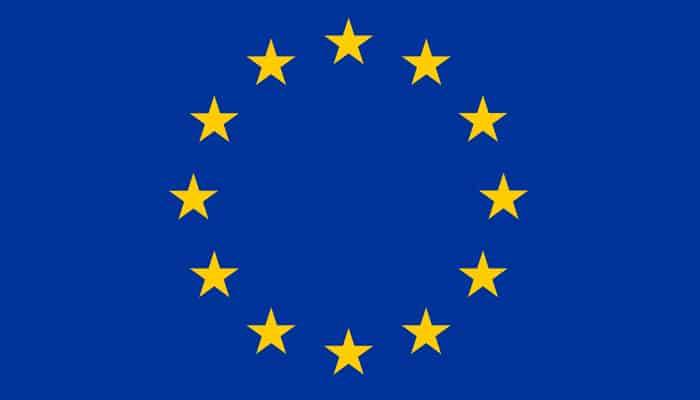
Article réservé aux abonnés


Metals are chemical elements naturally present in the environment (soil, water, atmosphere), but food contamination can also come from human activities (agriculture, industry, car exhaust fumes, contamination during food processing and storage). Their accumulation in the body can lead to harmful effects over time.
Human food
EU regulation 2023/915 sets maximum levels for lead, cadmium, arsenic, mercury and nickel in human foodstuffs. MRLs are also defined in EC regulation 396/2005 for copper and mercury.
LEAD
The regulated matrices are diverse. They include raw materials of plant origin such as fruit, vegetables, cereals, legumes and spices, as well as processed products such as wine, fruit juices and oils. Lead is also regulated in products of animal origin, such as meat, fish products, bivalve molluscs, raw milk and honey. Maximum levels are also set for finished food supplements, salt and products intended for infants and young children.
CADMIUM
Regulated matrices include fruit, vegetables, oilseeds, dried pulses, cereals, meat, fishery products and bivalve molluscs, chocolate products, salt, finished food supplements and products intended for BBF. Regulation 2023/1510, applicable since August 10, 2023, has introduced a limit for tiger nuts (souchet) and modified the maximum levels for certain cultivated mushrooms (other than oyster mushrooms, shiitake and button mushrooms).
MERCURE
Regulated matrices mainly include fish, with levels differentiated according to species, as well as finished food supplements and salt. MRLs for mercury are also defined in regulation 2018/73 amending EC regulation 396/2005 for matrices of plant and animal origin (excluding fish). Recommendation 2022/1342 recommends monitoring the presence of methylmercury and total mercury in fish, crustaceans and mollusks, taking into account the type of production (farmed or wild-caught).
INORGANIC ARSENIC
Inorganic arsenic is regulated mainly in rice and rice products, fruit juices and foodstuffs for BBF.
ARSENIC TOTAL
At present, total arsenic is regulated only in salt.
NICKEL
Regulation 2024/1987 sets maximum nickel levels for nuts, vegetables, seaweed, dried legumes, oilseeds, cereals, cocoa and chocolate products, foods intended for infants and young children, and fruit juices, nectars and vegetable juices. These limits will apply from July 1, 2025, with the exception of cereals, which will come into force on July 1, 2026.
Recommendation 2024/907 recommends monitoring for nickel in dietary supplements, chocolate, spreads (chocolate and nuts), cocoa beans, cereal products (especially breakfast cereals, cereal flakes and milled oat products), ready-to-eat soups, coffee, tea, vegetables, seaweed, oilseeds, soy products (such as tofu and soy beverages), legumes, nuts, fish and other seafood.
COPPER
MRLs for copper are set out in EC regulation 396/2005 for raw materials of plant and animal origin.
Animal feed
Directive 2002/32/EC sets maximum levels for total arsenic, cadmium, lead, mercury and fluorine in animal feed. For inorganic arsenic, a monitoring recommendation for animal feed was published in 2022.
A draft text plans to modify the maximum levels for total arsenic, cadmium and lead defined in Directive 2002/32/EC.
A nickel content should be added for the following feed materials: glycerol-esterified fatty acids, mono-, di- and triglycerides of fatty acids, fatty acid salts, crude fatty acids, pure distilled fatty acids, crude glycerine and glycerin.
Water for human consumption
The decree of December 30, 2022 sets quality limits and references for certain metals in water intended for human consumption.
Quality limits are set for antimony, arsenic, boron, cadmium, chromium, chromium VI, copper, mercury, nickel, lead, selenium and uranium.
Quality standards are also set for total aluminum, barium, copper, total iron and manganese.
Need technical, regulatory or pricing information? Our customer service is available from 8 a.m. to 6.30 p.m., Monday to Friday.
And if you don't want to miss any Phytocontrol news, join us on our LinkedIn page!




